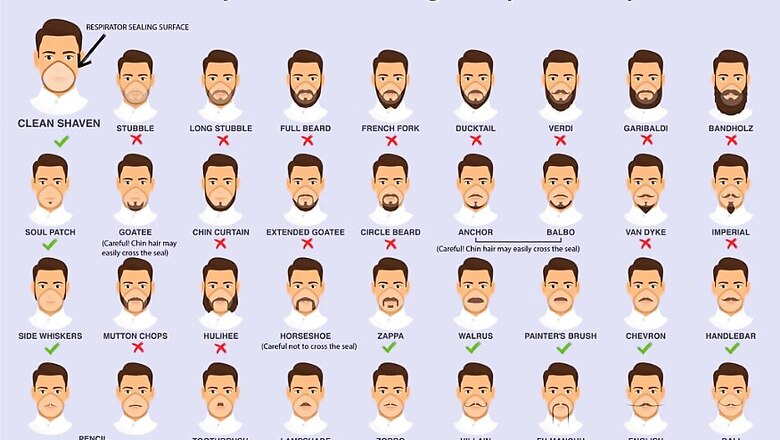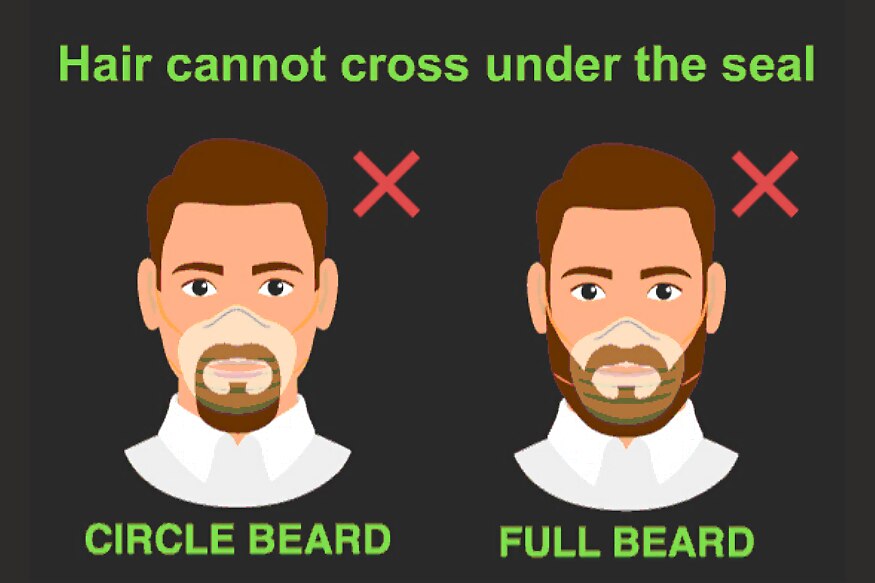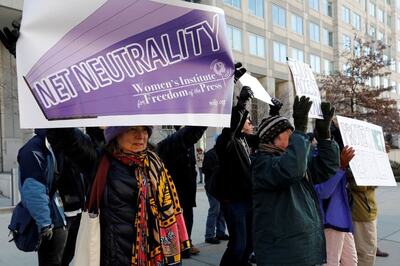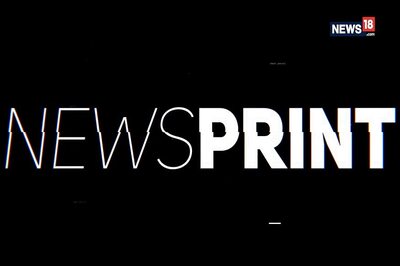
views
A beard may make a powerful fashion statement. Perhaps even take your Tinder profile photo up a notch or two. And a beard may help you stand out at a cocktail party. But if you are worried about staying protected from the Coronavirus (and you should be worried if you aren’t already), you might want to shave that beard off. All those Imperials, Van Dyks and Horseshoes don’t really cut it in the present scheme of things. It turns out that face masks don’t go well with some types of beards, and the efficiency of the air filtration is reduced significantly. The US Centers for Disease Control and Prevention (CDC) had back in 2017 released a graphic that illustrated which types of beards work well with air filtration face masks, and which don’t. With Coronavirus, or COVID-19, spreading rapidly around the world, millions are using face masks in the hope to keep the air borne virus out—at least as far as possible.
“Facial hair that lies along the sealing area of a respirator, such as beards, sideburns, or some mustaches, will interfere with respirators that rely on a tight facepiece seal to achieve maximum protection. Facial hair is a common reason that someone cannot be fit tested,” the CDC had said at the time. Those words ring true even today. Coronavirus is now a global pandemic, spread across more than 100 countries with more than one million confirmed cases around th world. At the time of writing this, the US has 308850 cases, followed by Spain (126268) and Italy (124632). India, at this time, has 3,082 confirmed cases

It turns out that being clean shaven is the best way to go. But if you still must have a beard, then a stubble, a long stubble, a full beard (of course, duh), ducktail, Verdi, mutton chops and Fu Manchu are a complete no-no. You could, however, still be good with the soul patch, side whiskers, the pencil moustache, toothbrush (reminds anyone of that gentleman called Adolf Hitler?) and the walrus are quite okay. The helpful infographic you can see here will tell you exactly what works and what doesn’t. While it is more of a case of putting two and two together, erring on the side of caution in these worrying times is perhaps more prudent.




















Comments
0 comment